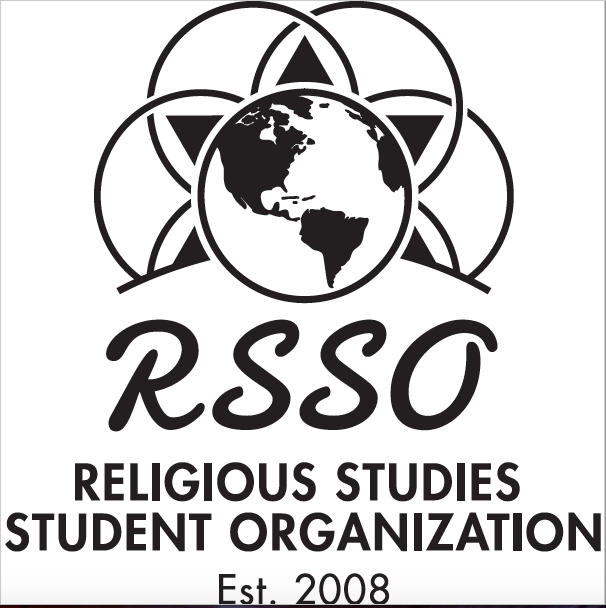Moderator
Dr. Dan Di Domizio
Location
Room B
Start Date
1-4-2017 11:00 AM
End Date
1-4-2017 12:00 PM
Abstract
The figure of Jesus Christ has been portrayed many different ways throughout the centuries. The representations start with a vague mixing of Christian and Pagan themes, because of the illegal status of Christianity. These cross sectional images will be looked at and analyzed from different areas around the Mediterranean where Christianity was beginning to grow. After the legalization of Christianity in Rome, the figure of Christ is seen much more outright, no longer vague representations, but unmistakable depictions of events from the Gospels. Moving into Byzantine and Medieval art there are changes in the style of art verse how Christ is being depicted, also new symbols and stories appear from apocryphal texts. The evolution continues to happen throughout the Italian and Northern Renaissance, with the continuing growth of symbolism and the artists using their devotion in different ways to create their art.
This paper will explore why these changes were made, and what cultural influences had an impact on the evolution of the figure of Christ, as well as the stories of his life and death and how they are portrayed early on. These past portrayals that span over a thousand years will then be compared to modern renditions of Christ, highlighting the symbols and renderings that became fundamental in Christian art through years of exploration in the third to sixteenth centuries.
Iconographic Evolution of Christ
Room B
The figure of Jesus Christ has been portrayed many different ways throughout the centuries. The representations start with a vague mixing of Christian and Pagan themes, because of the illegal status of Christianity. These cross sectional images will be looked at and analyzed from different areas around the Mediterranean where Christianity was beginning to grow. After the legalization of Christianity in Rome, the figure of Christ is seen much more outright, no longer vague representations, but unmistakable depictions of events from the Gospels. Moving into Byzantine and Medieval art there are changes in the style of art verse how Christ is being depicted, also new symbols and stories appear from apocryphal texts. The evolution continues to happen throughout the Italian and Northern Renaissance, with the continuing growth of symbolism and the artists using their devotion in different ways to create their art.
This paper will explore why these changes were made, and what cultural influences had an impact on the evolution of the figure of Christ, as well as the stories of his life and death and how they are portrayed early on. These past portrayals that span over a thousand years will then be compared to modern renditions of Christ, highlighting the symbols and renderings that became fundamental in Christian art through years of exploration in the third to sixteenth centuries.

